Negative Risk Factor For Coronary Heart Disease
Negative risk factor for coronary heart disease. It led to around 18 million roughly one-third of deaths worldwide in the year 2016 14Preventive screening of CHD at an earlier stage can significantly reduce the mortality rate improve the prognosis and provide therapeutic guidance for patients Despite urgent needs an efficient and effective screening procedure is. In this review we discuss current evidence linking environmental pollutants to cardiovascular disease CVD. Coronary heart disease CHD is a global epidemic.
Sustained disturbing emotions represent a second cluster. Despite strong evidence that obesity predisposes to the development and progression of coronary heart disease CHD numerous studies have shown an inverse relationship between various measures of obesity most commonly body mass index and outcomes in established CHD. Anxiety depression and other indices of neuroticism have frequently been found in association with angina pectoris and cardiac death though not with myocardial infarction MI.
Recently controversy arose from some critical articles expressing concern about the evaluation and interpretation of statistical data of epidemiologic studies. Calcium scoring is perhaps one of the best prognosticating indicators for heart disease in patients who are young with a family history as well as in people with diabetes over the age of 40. High density lipoprotein cholesterol HDL-cholesterol has emerged as a negative risk factor for coronary heart disease.
And for more up-to-date information sign up for our daily newsletter. Multiple risk factor intervention does result in small reductions in risk factors including blood pressure cholesterol and smoking. Humans with low levels of HDL-cholesterol are at greater risk of developing coronary heart disease whereas those with high levels are less prone.
BMI is not the only measure of risk. Obesity is associated with a host of cardiovascular risk factors and its prevalence is rising rapidly. High density lipoprotein cholesterol HDL-cholesterol has emerged as a negative risk factor for coronary heart disease.
Extensive evidence indicates that environmental factors contribute to CVD risk incidence and severity. Having too much weight around your middle raises risk of CVD high blood pressure diabetes and stroke. A patients coronary calcium score determines their 10-year risk level for developing heart disease.
Smoking High LDL or bad cholesterol and low HDL or good cholesterol Uncontrolled high blood pressure Physical inactivity Obesity having a BMI greater than 25 Uncontrolled diabetes High C-reactive protein Uncontrolled stress depression. Non-Hispanic white men and women have a significantly higher rate of death from heart disease than American Indians and Alaska Natives according to the OMH.
Typically your health is at increased risk if youre a man with a waist over 94cm 37in or a woman with a waist over 80cm 31½in.
High density lipoprotein cholesterol HDL-cholesterol has emerged as a negative risk factor for coronary heart disease. Coronary heart disease CHD is a global epidemic. Per a 2016 analysis published in the journal Heart people who dont work on their friendships and relationships have a 29 percent greater risk of coronary heart disease and a 32 percent greater risk of stroke. Humans with low levels of HDL-cholesterol are at greater risk of developing coronary heart disease whereas those with high levels are less prone. Despite strong evidence that obesity predisposes to the development and progression of coronary heart disease CHD numerous studies have shown an inverse relationship between various measures of obesity most commonly body mass index and outcomes in established CHD. Migrant studies show that changes in the environment could substantially alter CVD ri. Multiple risk factor intervention does result in small reductions in risk factors including blood pressure cholesterol and smoking. Calcium scoring is perhaps one of the best prognosticating indicators for heart disease in patients who are young with a family history as well as in people with diabetes over the age of 40. Contrary to expectations multiple risk factor interventions had little or no impact on the risk of coronary heart disease mortality or morbidity.
A recent review of negative emotions measured as anxiety hostilityanger and depression supports their status as risk factors for coronary heart disease3 Anger in men has been found to be associated with a greater risk of coronary events and coronary mortality22 23 Among men from the Northwick Park study and women from the Framingham heart study greater anxiety predicted fatal. The development of coronary heart disease34Several prospective studies have found anxiety hostility anger and depression to be associated with an increased risk of coronary heart disease in healthy participants35Astherelativeimportanceofthesethree negative emotions on risk of coronary heart disease remains largely undefined67they have been hypothe-. Migrant studies show that changes in the environment could substantially alter CVD ri. The increased risk of heart disease. Multiple risk factor intervention does result in small reductions in risk factors including blood pressure cholesterol and smoking. Smoking High LDL or bad cholesterol and low HDL or good cholesterol Uncontrolled high blood pressure Physical inactivity Obesity having a BMI greater than 25 Uncontrolled diabetes High C-reactive protein Uncontrolled stress depression. A recent review of negative emotions measured as anxiety hostilityanger and depression supports their status as risk factors for coronary heart disease3 Anger in men has been found to be associated with a greater risk of coronary events and coronary mortality22 23 Among men from the Northwick Park study and women from the Framingham heart study greater anxiety predicted fatal.







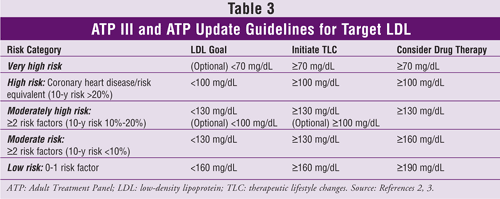




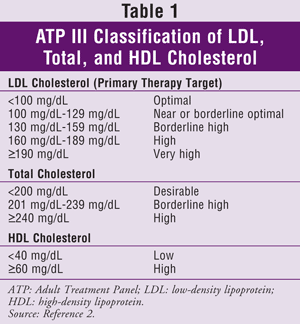


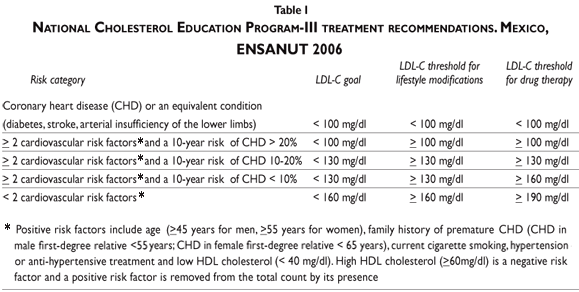




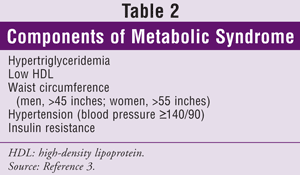


.webp)





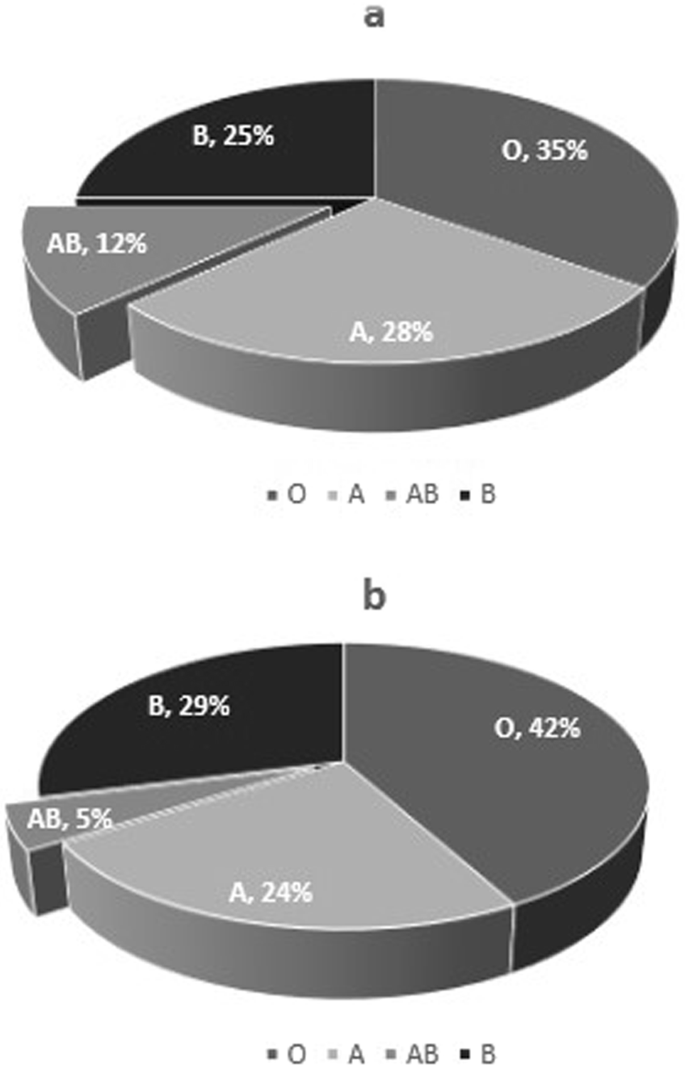





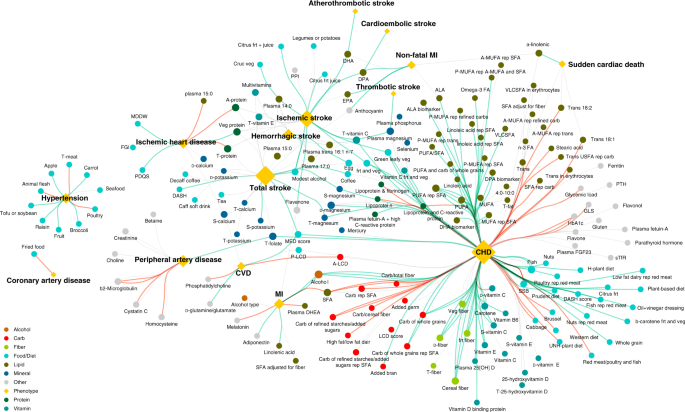
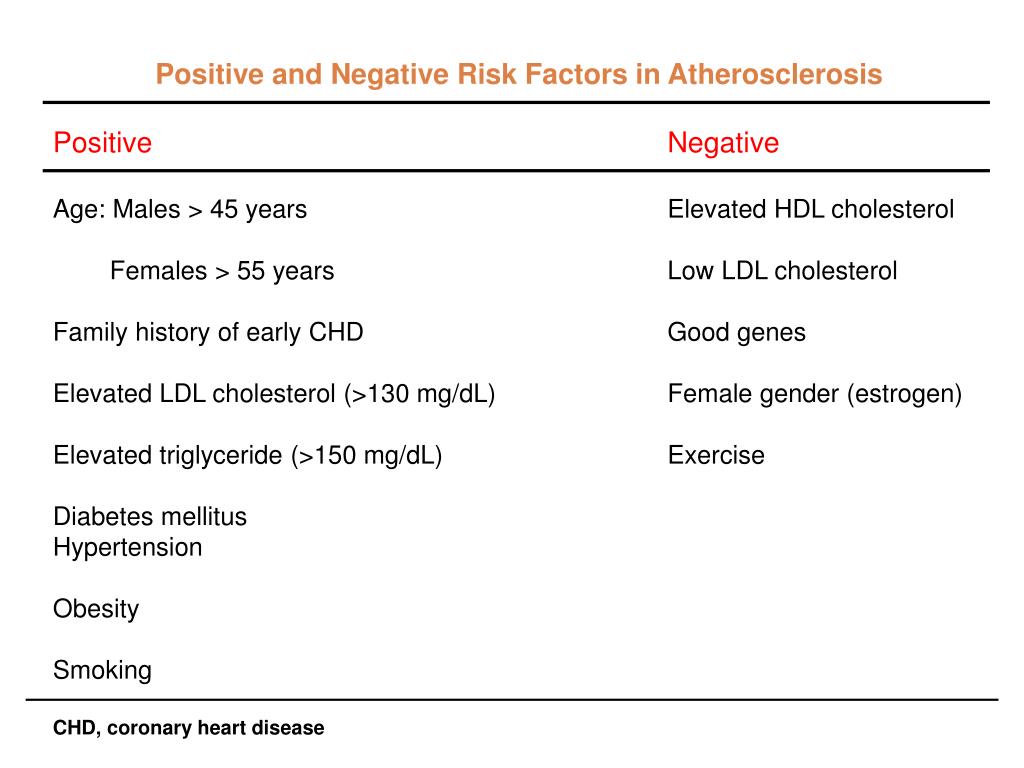
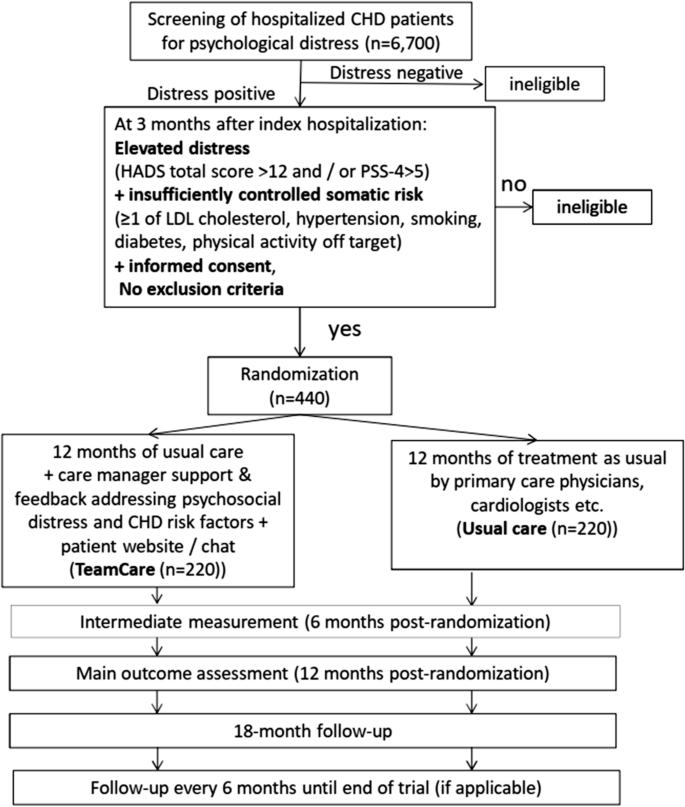







Post a Comment for "Negative Risk Factor For Coronary Heart Disease"